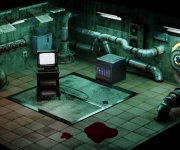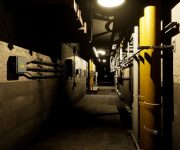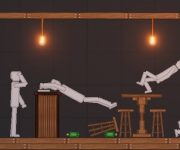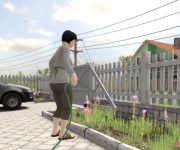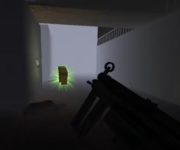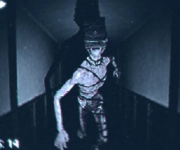Care Of Gongon
Care Of Gongon starts without an introduction. The player steps into a daycare center, now silent and empty. The structure of the place suggests routine — front desk, lockers, small chairs, and artwork. But the building no longer operates. The goal is to find a missing child, but no instructions are provided. The player is left to walk, observe, and try to understand what caused this place to lose its function. The game does not offer a voice to guide the way. It relies entirely on what remains in the environment.
Traces Inside the Rooms
Rooms within the daycare vary in design and detail. Some spaces are for play, others for rest or supervision. All of them seem to have been left behind in a moment of interruption. Toys lie in corners, drawings remain pinned to walls, and personal items appear untouched. The player’s task becomes one of reconstruction — not through direct explanation, but by finding the shape of a narrative hidden in object placement, locked doors, and layout design.
Gameplay Elements of Care Of Gongon
- First-person exploration of a single location
- Interactive objects used to unlock progression paths
- Visual clues that build a narrative through repetition
- A space that subtly changes as the player advances
- No combat, menus, or spoken dialogue
The game is designed to let the player decide the pace and path. Movement and observation become the only tools needed to progress.
Learning Through Movement
As the player returns to previously visited rooms, certain changes become noticeable. Light sources flicker or shift. Furniture that seemed stable has moved. What begins as a basic investigation slowly becomes a pattern of recognition. Some areas feel untouched, others become more unstable. The game does not use sound to alert the player — instead, it lets small shifts in space suggest that something is no longer fixed. The building reflects a presence, but never reveals its nature.
A Path That Closes Without Warning
By the end of Care Of Gongon, the search concludes, but the cause behind the silence remains partially hidden. The player may uncover signs of what happened, but no one appears to explain it. The child may be found, or the trail may simply stop. The building stays quiet. The game does not seek to solve a mystery, but to let the player experience the act of searching. The result is shaped entirely by how deeply the player noticed, remembered, and moved through the place.




